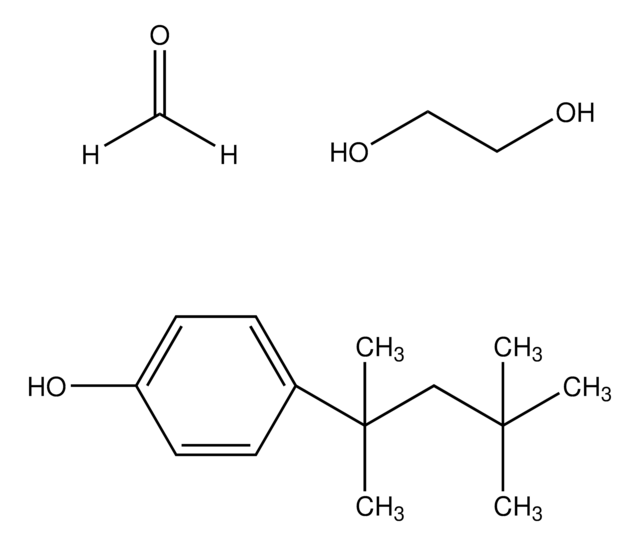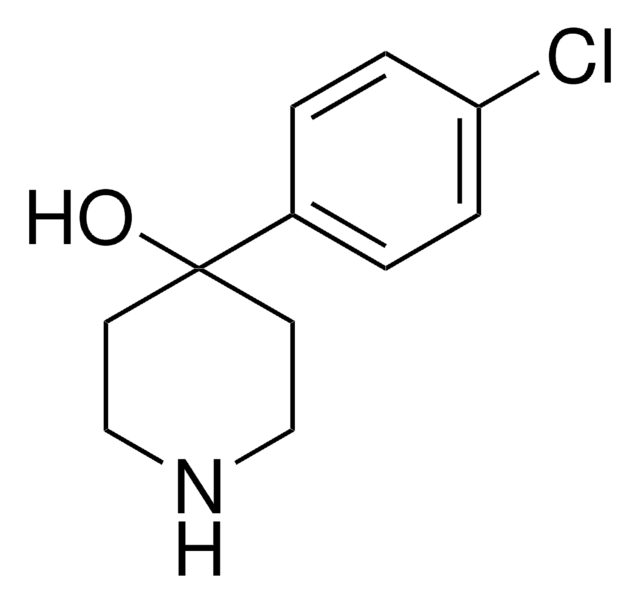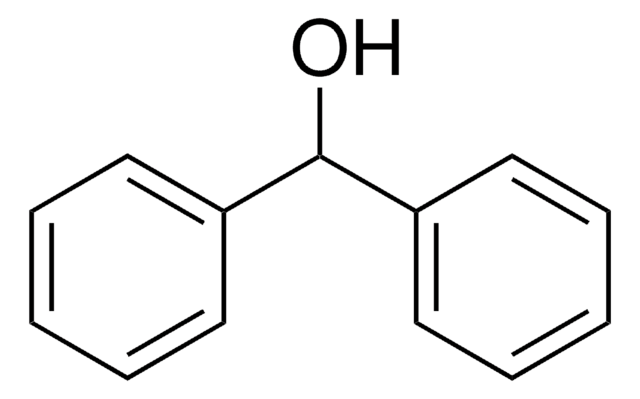5.08162
Loperamide Hydrochloride
Sinónimos:
Loperamide Hydrochloride, µ-Opioid Receptor Agonist, Loperamide Hydrochloride, Imodium
About This Item
Productos recomendados
assay
≥99% (HPLC)
Quality Level
form
solid
potency
2 nM Ki
manufacturer/tradename
Calbiochem®
storage condition
OK to freeze
protect from light
color
white
solubility
DMSO: 50 mM
ethanol: 50 mM
storage temp.
2-8°C
SMILES string
[Cl-].Clc1ccc(cc1)C2(CC[N+H](CC2)CCC(c4ccccc4)(c3ccccc3)C(=O)N(C)C)O
InChI
1S/C29H33ClN2O2.ClH/c1-31(2)27(33)29(24-9-5-3-6-10-24,25-11-7-4-8-12-25)19-22-32-20-17-28(34,18-21-32)23-13-15-26(30)16-14-23;/h3-16,34H,17-22H2,1-2H3;1H
InChI key
PGYPOBZJRVSMDS-UHFFFAOYSA-N
General description
Biochem/physiol Actions
u opioid receptor
Warning
Preparation Note
Reconstitution
Other Notes
Di Bosco, M., et al. 2008. Chem. Biol. Drug Des.71, 328.
DeHaven-Hudkins, D., et al. 1999. J. Pharmacol. Exp. Ther.289, 494.
Mackerer, C., et al. 1976. J. Pharmacol. Exp. Ther.199, 131.
Legal Information
signalword
Danger
hcodes
Hazard Classifications
Acute Tox. 3 Oral
Storage Class
6.1C - Combustible, acute toxic Cat.3 / toxic compounds or compounds which causing chronic effects
wgk_germany
WGK 3
flash_point_f
Not applicable
flash_point_c
Not applicable
Certificados de análisis (COA)
Busque Certificados de análisis (COA) introduciendo el número de lote del producto. Los números de lote se encuentran en la etiqueta del producto después de las palabras «Lot» o «Batch»
¿Ya tiene este producto?
Encuentre la documentación para los productos que ha comprado recientemente en la Biblioteca de documentos.
Nuestro equipo de científicos tiene experiencia en todas las áreas de investigación: Ciencias de la vida, Ciencia de los materiales, Síntesis química, Cromatografía, Analítica y muchas otras.
Póngase en contacto con el Servicio técnico







